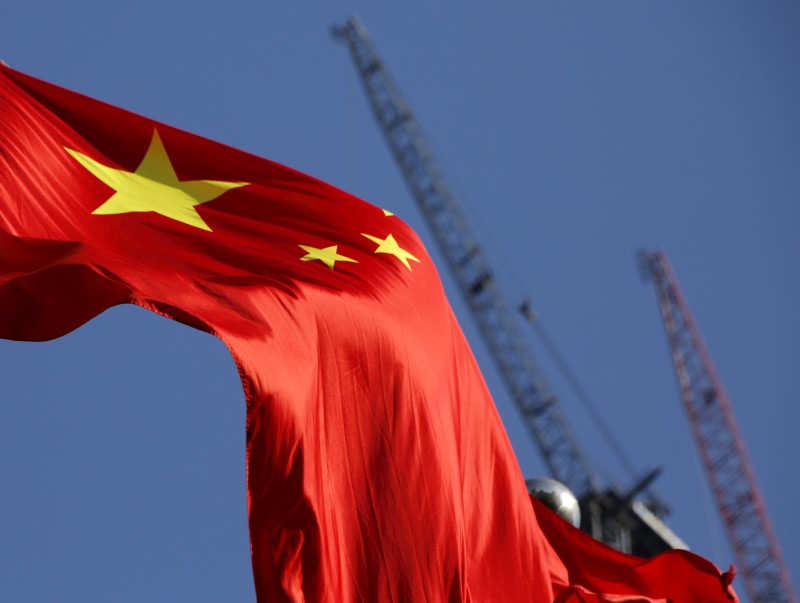By Gina Lee
Investing.com – China’s economic recovery from COVID-19 hit another bump in the road in February, as factories were shut during the Lunar New Year holidays and restrictive measures to curb an outbreak of the virus disrupted what is normally the country’s busiest travel season.
Data from the National Bureau of Statistics (NBS) released on Sunday showed that February’s official manufacturing purchasing managers’ index (PMI) was 50.6, below the 51.1 in forecasts prepared by Investing.com and down from January’s 52.8 reading. The non-manufacturing PMI was 51.4, also down from January’s 52.4.
The Caixin manufacturing PMI is due later in the day, and the Caixin services PMI will be released later in the week.
The manufacturing PMI fell to a nine-month low, while the non-manufacturing gauge dropped to its lowest level in around a year. However, all the indexes remained above the 50-mark indicating expansion, albeit at a slower pace.
The NBS accredited the manufacturing slump to holiday closures, although the retailing, catering and entertainment sectors remained relatively active.
The week-long Lunar New Year holiday usually distorts manufacturing activity, as factories and businesses close to allow workers to travel back to their hometowns in what is the largest movement of people seen during the year.
However, restrictions put into place due to the most recent COVID-19 outbreak caused many people to avoid travel, and instead spend at local shops, restaurants and cinemas.
“The larger-than-expected declines in China’s February purchasing managers’ indexes should not cause alarm. They reflect seasonal weakness and effects of the virus surge before the Lunar New Year. What they don’t fully capture, though, is the stabilization that started to take hold late in the month,” Bloomberg chief Asia economist Chang Shu said.
The data also showed that commodity prices continue to rise, pushing up input costs above the 60-mark for a fourth consecutive month in February. Employment for both the manufacturing and non-manufacturing sectors also remained below the 50-mark, an indication that the economy is still bleeding jobs.
